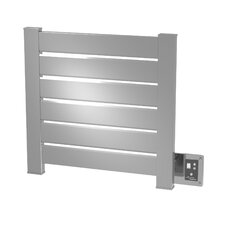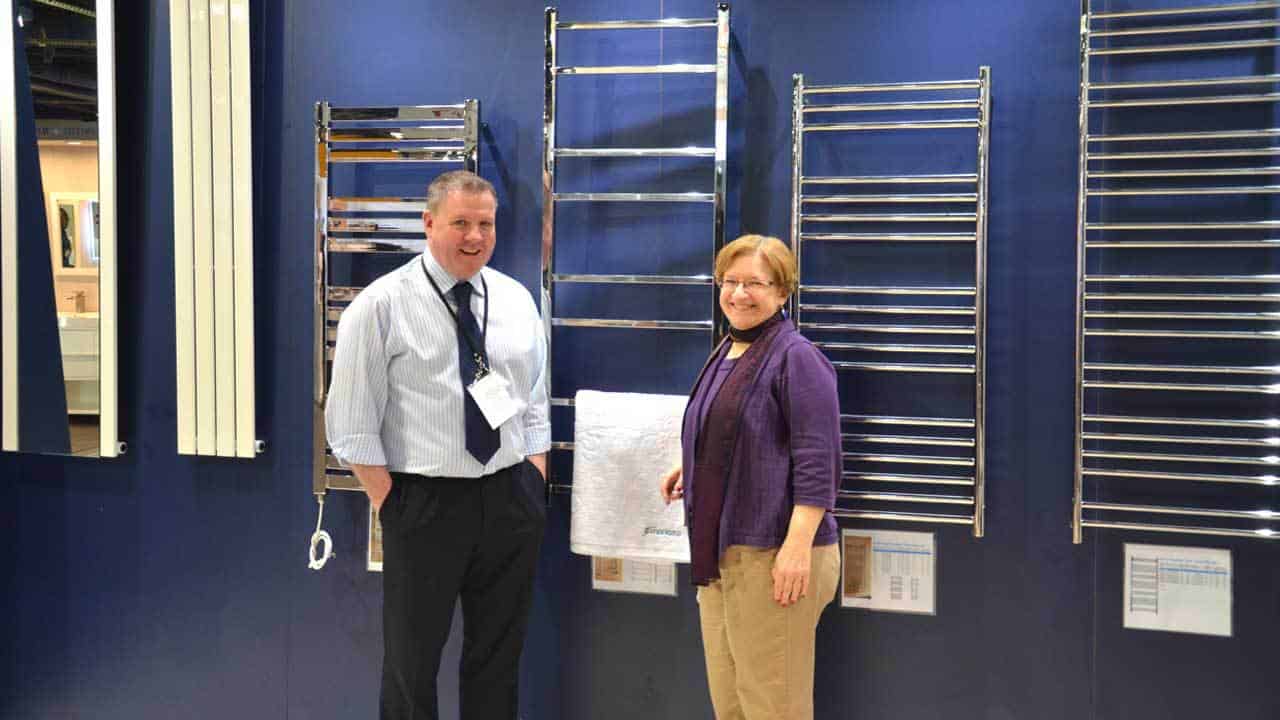
The content below may have been sponsored and/or may contain
referral links. Click to read disclosure policy for more info.
At the recent 2016 International Home Builder Show (IBS) in Las Vegas, one underlying message was residential home building is going global. What does that mean exactly? It means that different products from countries as far flung as Australia, China and Europe are changing how we build houses in the United States. One way to illustrate this is sharing the most common types of home heating systems from around the world.
Maybe you remember the old fashion radiators that were common more than fifty years ago. When doing home energy audits while running my handyman business, I often recommended putting a reflective barrier behind the radiators to increase heating effectiveness.
In newer houses (United States) you're more like to find baseboard heating, or forced hot air heat where the warmed (and often cooled) air comes out of vents on the ceiling. But in Europe you'll find different types of home heating systems, like the white horizontal heating unit in the photo above.
 Types of Home Heating Systems in Europe
Types of Home Heating Systems in Europe

So it was fun learning more about the heating systems in Europe, and even more interesting to see how they're extending the technology to create new products that are now available in the US. My first experience with this technology was in my Tokyo apartment. Loving long, hot showers means a foggy mirror, but not if there's radiant heat behind the mirror. We didn't have the heated towel racks in our apartment but a lot of friends that I worked with did have this marvelous feature.
Talking to Martin Savage from Manissa, a UK company that delivers heating solutions, helped me learn about new ways to heat your home. You can see the same white panels above, that are vertical here versus horizontal on the brick wall above. In fact you can find these types of home heating systems in many different colors and designs. Remodelista.com summarizes the benefits of these wall-panel radiators nicely, highlighting the fact that they're more efficient than forced-air systems and don't require ductwork.
 Japan Has Other Types of Home Heating Systems
Japan Has Other Types of Home Heating Systems
First I have to share a funny story, as we assumed that the same types of home heating systems were used around the world … and we were wrong. We moved to Tokyo in August and were glad to have air conditioning, which was turned on when we arrived. In October we began looking for the heating system and couldn't find one. The landlady only spoke Japanese, I had to call the real estate agent to ask him how we were supposed to turn on the heat, and he came over to show us the simple switch on the mini-split system which we thought was only an air conditioner.

And then I have to tell you that at IBS, I got into such great discussions with several HVAC manufacturers, that I forgot to take photos, oops. Rather than show you meaningless photos of the mini-split heating (heat pump) and cooling systems that are gaining a foothold in the US market, I created a collage (above) of one that's installed in a 1,600 square foot house in Vermont. You should also read the story, Report on Our Ductless Minisplit Heat Pump, to learn how efficient these new heating systems are.
Mini-split systems are used for air conditioning and some, known as heat pumps, also provide heating. More difficult to install than a window air conditioner, they're much easier to install than a traditional hot water or forced hot-air heating system. This makes mini-splits more practical for attic/basement conversions, additions to a house and supplemental cooling/heating when the original system was undersized. To learn more you'll want to read the best article I found, Your Guide to Buying a Ductless Air Conditioner.
Please share the challenges you're facing as you research your next home heating system, and let us know if you're planning to use a ducted or ductless system.
Photo credit (top photo) to architizer.com



 Types of Home Heating Systems in Europe
Types of Home Heating Systems in Europe Japan Has Other Types of Home Heating Systems
Japan Has Other Types of Home Heating Systems



I think it’s always interesting to learn about the differences between different countries. I would’ve also assumed that heating systems were the same no matter where you went. I’m going across seas for a while and it’s good to know about the heating systems in Japan. I should be there for the winter.
Have fun living overseas & try to really take in the local culture which will help you understand the changing, global environment that everyone is grappling with these days.